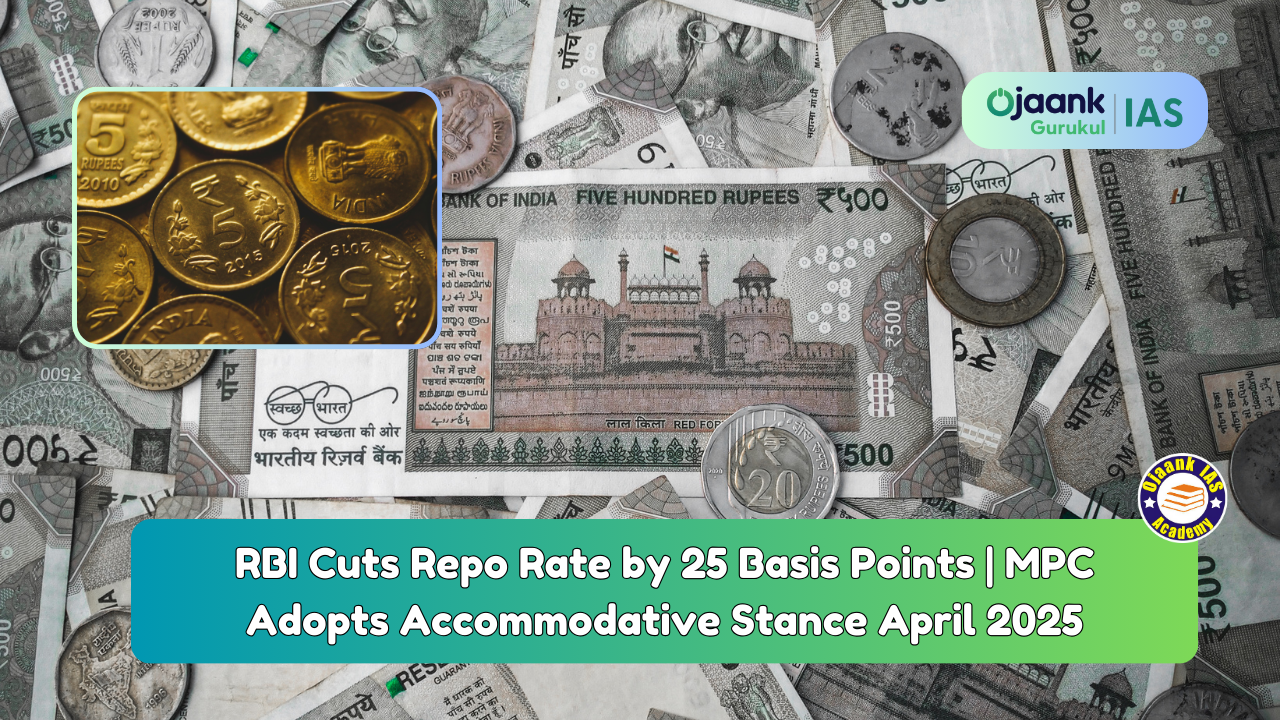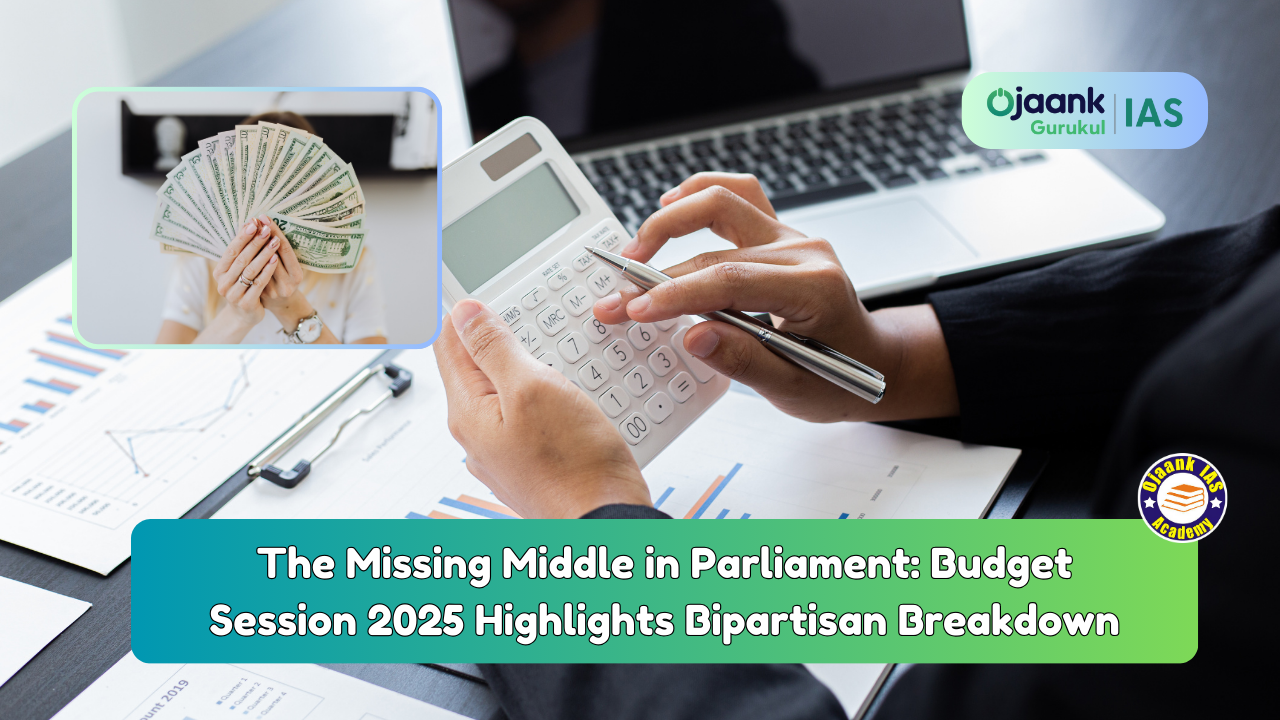todays current affairs 22nd july 2023
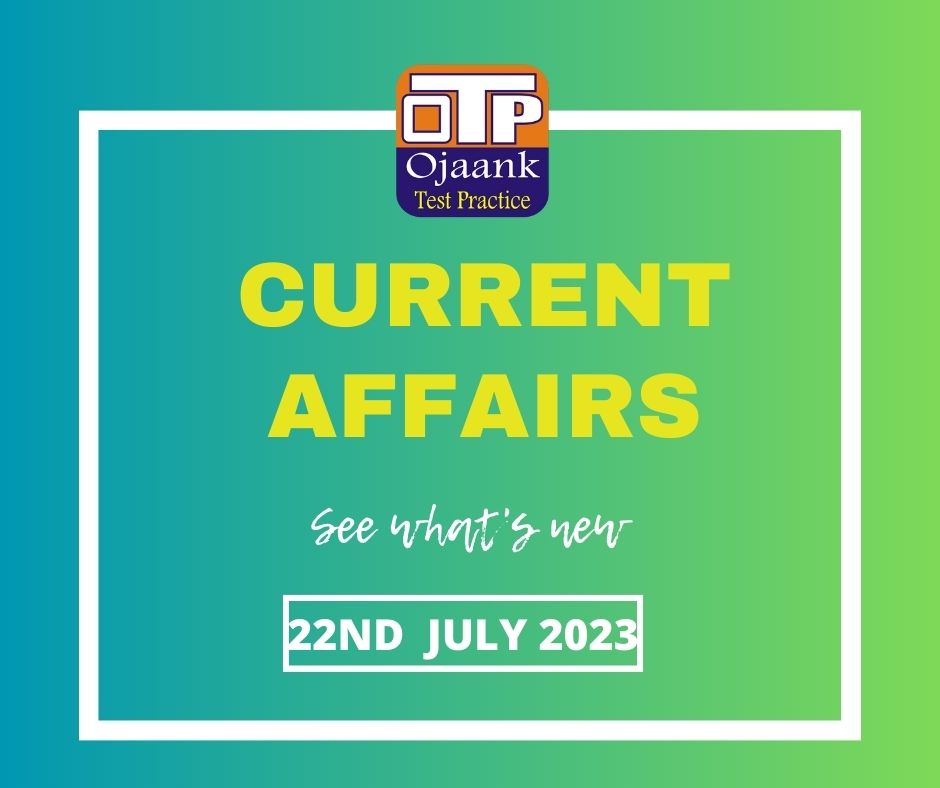
vvBiological Diversity (Amendment) Bill
GS Paper III
Context: During the monsoon session of the Parliament, the Biological Diversity (Amendment) Bill, 2022, is scheduled to be introduced. Originally scheduled for discussion in the Lok Sabha on March 29, 2023, it was postponed. The Biological Diversity Act, 2002, now in effect, is intended to be modified by the Biological Diversity (Amendment) Bill, 2022, presented in 2021. Due to worries that some revisions may favour corporate interests and not sufficiently preserve the objectives of the Convention on Biological Diversity (CBD), it has, nevertheless, drawn criticism and objections. Questions have been raised concerning the bill's possible influence on India's biodiversity protection during its current course.
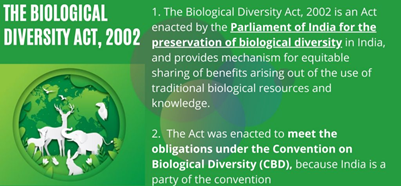
Objectives of the Bill:
The amendment bill's primary goals are to loosen restrictions on wild medicinal plants.
Promote the Indian medical system.
Encourage a collaborative research and investment environment.
The National Biodiversity Authority's (NBA) requirements for practitioners and businesses making pharmaceuticals should be made less onerous.
Controversial Provisions of the Biological Diversity (Amendment) Bill, 2022:
The proposed legislation would remove the ability for the National Biodiversity Authority (NBA) to file a First Information Report (FIR) against defaulting parties and would decriminalise infractions of biodiversity rules.
The measure permits domestic businesses to exploit biodiversity without consulting biodiversity boards. Only businesses with foreign ownership must get authorisation.
The term "codified traditional knowledge" used in the legislation exempts users, such as practitioners of Indian medical systems, from the requirements for receiving or disclosing benefits.
Concerns raised by the activists:
The proposed revisions, according to some detractors, might make India's efforts to conserve biodiversity less effective.
The misuse of biodiversity resources due to a lack of control and accountability may have an adverse effect on ecosystems and biodiversity.
Because it has been codified, traditional knowledge may be used by profit-driven domestic businesses without fairly rewarding the communities that have preserved and maintained it for decades.
The fair and equitable distribution of benefits resulting from the use of biodiversity is a key component of the Convention on Biological Diversity (CBD). It's possible that the suggested changes don't adhere to these ideas entirely.
Even if the law seeks to promote traditional medicine and loosen rules, it could not adequately address the more general problems of biodiversity loss, habitat degradation, and the need for more effective conservation measures.
Indigenous and local people, which frequently depend on biodiversity for their livelihoods and cultural practises, might be disproportionately harmed by weakening biodiversity protection and benefit-sharing systems.
Way Forward:
Review and rewrite the bill's controversial clauses, especially the ones that deal with decriminalising infractions, exempting domestic businesses from obtaining permission, and codifying traditional knowledge.
Create trustworthy and transparent systems to ensure that the use of biodiversity is shared in a fair manner.
Provide adequate compensation to indigenous groups and bearers of traditional knowledge in recognition of their contributions to biodiversity preservation.
Encourage companies to prioritise resource conservation and sustainable use.
Increased enforcement will guarantee that laws governing biodiversity protection are followed. To discourage non-compliance, provide suitable sanctions for infractions.
Align the legislation with India's obligations to the international community, particularly those made during the 15th Conference of Parties to the CBD.
Enhance the ability and power of organisations that administer biodiversity, such as the National Biodiversity power (NBA), to effectively control and oversee activities that affect biodiversity.
Conclusion:
The Biological Diversity (Amendment) Bill, 2022 poses a challenging conundrum for India's efforts to conserve biodiversity. Policymakers must address the concerns expressed by environmentalists and legal experts while the bill awaits consideration in the monsoon session to ensure that India's biodiversity is protected and in line with global conservation objectives.
Source: The Hindu
APMC
GS Paper III
Context: The current Agriculture Produce Marketing Committee (APMC) system in India's agriculture sector has been suggested to be updated by experts from NITI Aayog.
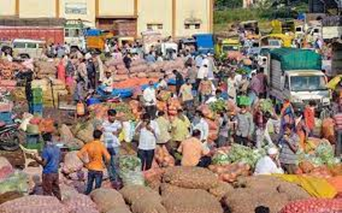
NITI Aayog:
The National Institution for Transforming India is known as NITI Aayog. It is a government organisation in India and a think tank for policy.
It was created on January 1st, 2015, to take the position of the Planning Commission, which served as the primary organisation in charge of creating India's Five-Year Plans.
Ex-officio Chairman of NITI Aayog is the PM.
It features numerous full-time members as well as special invitees, as well as a full-time Vice-Chairperson who is typically a well-known economist or policy specialist.
Its main goal is to offer strategic and policy recommendations to the national and state governments of India, with an emphasis on development that is both inclusive and sustainable.
What is APMC?
Since agriculture is a State List topic under the Indian Constitution, state governments are the ones that form APMCs.
The purpose of APMC is to protect farmers from being taken advantage of by big retailers and to preserve fair retail pricing spreads.
The Agricultural Produce Marketing Regulation (APMR) Act mandates that all food produce be delivered to market yards before being sold at auction.
Establishments of APMCs:
The Hyderabad Residency Order's regulation of raw cotton in 1886 was the first step in India's agricultural output market regulation.
The development of controlled marketplaces and the regulation of marketing practises were suggested by the 1928 Royal Commission on Agriculture.
A Model Bill was created by the Indian government in 1938, but substantial advancements weren't achieved until after India won independence.
The majority of states passed and implemented Agricultural Produce marketplaces Regulation (APMR) Acts throughout the 1960s and 1970s, putting principal wholesale assembly marketplaces under their purview.
Working of APMCs:
APMCs work under two guiding principles: First, they make sure that farmers aren't taken advantage of unscrupulous middlemen (or money lenders) who force them to sell their goods at the farm gate for a pittance.
All food products should be delivered to a market yard before being auctioned off.
In order to divide the state geographically, each state that runs APMC markets (mandis) installs its markets in various locations withing its borders.
Farmers are obligated to conduct an auction sale of their produce at the local mandi.
To do business within a mandi, traders need a licence.
Key Reforms Suggested by NITI Aayog:
Alternative Marketing Options:
The experts advise using technology to enable individual farmers or farmer organisations to sell farm products through apps. They also emphasise the possibilities of digital and e-commerce as alternate marketing channels.
They advise direct payment of subsidy amounts to farmers and switching to the metered power supply in order to solve the overexploitation of groundwater caused by free or heavily subsidised electricity.
Modernizing Agriculture:
The study emphasises that most agricultural investments—about 80%—come from farmers and other private sources. However, they feel there is tremendous room for corporate development in agribusiness and that the corporate sector's engagement is still relatively limited.
It would promote market integration and competitiveness throughout time and space to encourage business investment in sectors like storage, logistics, the cold chain, food processing, and value chain growth.
Enhancing Farmer Income:
The experts propose allowing farmers with small land holdings to concentrate on high-value crops and animal operations while boosting their agricultural revenue from non-agricultural sources in order to increase their income.
To prevent market distortions, the Minimum Support Price (MSP) system should be created. According to the demands of the public distribution system, price stability, and strategic stockpiles, the report suggests employing a mix of procurement and price deficiency payment to pay MSP to farmers.
Earlier reforms: Three Farm Laws
In 2020, three statutes containing reforms were approved (and then revoked), sparking massive demonstrations.
Farmers' product Trade and Commerce Act: This act allowed farmers to sell their goods in other marketplaces and directly to customers, promoting and facilitating trade and commerce of farmers' product outside the actual bounds of APMCs.
The Farmers Agreement on Price Assurance and Farm Services Act gave farmers the authority to contract with consumers in order to secure a fixed price for their produce and access to a range of farm services.
The critical goods Amendment Act aimed to free up the market by removing limitations on the transportation and storage of critical goods.
Conclusion:
While market liberalisation and increased competition are the goals of the reforms, it is critical to address farmers' concerns and safeguard their interests. The future of agricultural reforms must be shaped through constructive communication and cooperation between the government and farmers in order to reach a consensus.
Source: The Hindu
Kerch Bridge
GS Paper II
Context: An attack by Ukrainian sea drones on the Kerch Bridge, which connects the Russian mainland to the Crimean Peninsula, prompted Russian reprisals.
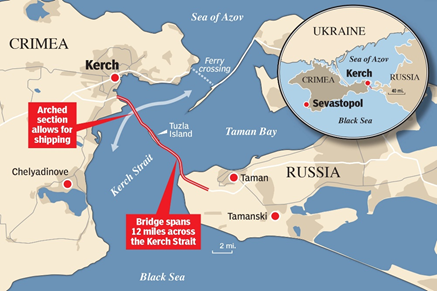
About Kerch Bridge:
The 19 km long Kerch Bridge, which spans the Kerch Strait, includes two concurrent rail and traffic systems.
In 2018, Vladimir Putin of Russia officially inaugurated it, four years after annexing Crimea from Ukraine through a contentious referendum.
It represents Russian rule over Crimea, which was taken in 2014.
It is significant symbolically for Russia since it connects the Russian mainland to the annexation of Crimea.
Significance of the Kerch Bridge for Russia:
The bridge was built to protect a "land bridge" connecting Crimea and mainland Russia after Crimea was annexed in 2014.
In order to facilitate logistical supplies to Russian soldiers in southern Ukraine, the bridge is crucial.
Security of the bridge is crucial to Russia's military operations since it is still vulnerable to fire from the Ukraine.
Source: Indian Express
Section 69 (A) of IT Act
GS Paper II
Context: The Information Technology Act of 2000's Section 69(A) has been used by the Indian government. It asked Twitter and other social media sites to take down a video showing two Manipur women being sexually assaulted and paraded in their pants.
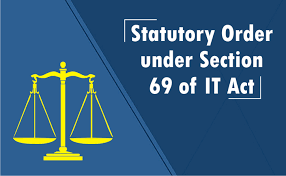
What is Section 69(A) of the IT Act?
The government is authorised to issue content-blocking orders under Section 69(A) to internet intermediaries including ISPs, web hosts, search engines, etc.
Content that is deemed to pose a risk to India's national security, sovereignty, public order, or cordial relations with other nations, or that incites the commission of crimes that are punishable by law, may be restricted.
A review committee receives requests from the government to limit access to certain information, and it then provides the required instructions. Usually, these orders are kept private.
Supreme Court’s Verdict on Section 69(A):
The Supreme Court invalidated Section 66A of the IT Act, which imposed fines for delivering abusive comments over communication services, in the 2015 case of Shreya Singhal v. Union of India.
The Information Technology Rules 2009's Section 69(A) was affirmed by the Court as constitutional, citing its specific wording and several protections.
The Court emphasised that in order to be legally challenged, blocking must be justified and may only be done if the Central Government is satisfied that it is necessary.
Other Rulings on Section 69(A):
In July of last year, Twitter filed a petition with the Karnataka High Court to challenge the content-blocking orders granted under Section 69(A) by the Ministry of Electronics and Information Technology (MeitY).
The Karnataka High Court's single-judge panel rejected Twitter's appeal in July of this year, claiming that the Centre had the right to censor messages.
According to Justice Krishna D Dixit's decision, the Centre has the authority to restrict not just individual tweets but also whole user accounts.
Conclusion:
As it attempts to strike a balance between concerns about public order and national security with the protection of free speech and expression, the implementation of Section 69(A) has been the topic of legal and social discussion.
Source: Indian Express
Short Duration Discussions
GS Paper II
Context: The administration favoured a "Short Duration Discussion" under Rule 176, whilst the opposition demanded that all other business be suspended pursuant to Rule 267 so that the Manipur issue may be discussed. For parliamentary discussions to be successful, it is crucial to comprehend the complexities of these norms and their repercussions.

Why discuss this?
Debates in the legislature are valuable for resolving urgent concerns and talking about topics that are important to the country.
They offer a forum for representatives of diverse political parties to have educated conversations, which results in better governance and more efficient decision-making.
Rule 267: Suspension of Business
Rajya Sabha members are permitted to pause all listed business and have discussions about issues of national significance under Rule 267.
Any member may request the Chairman's approval to suspend the application of a rule pertaining to the day's listed business in accordance with the Rules of Procedure and Conduct of Business in the Rajya Sabha.
The relevant regulation is momentarily suspended if the motion is approved.
Short Duration Discussions under Rule 176:
Rajya Sabha can have discussions that are up to two and a half hours long according to Rule 176.
If an MP wants to debate an important public issue, they must notify the Secretary-General in writing and include a justification note.
Without using formal motions or voting, the Chairman schedules the discussion after consulting with the Leader of the Council.
The member who issued the notice makes a brief opening remark, after which the Minister responds briefly.
Contention Surrounding Rule 267:
The Opposition complains that its notifications under Rule 267 have not received current attention.
Under this regulation, talks on a variety of topics have taken place in the past under the leadership of several Chairmen.
According to experts, Rule 267 is being abused to replace the adjournment motion in Lok Sabha, when debates entail resolutions that do not apply to Rajya Sabha because they contain elements of censure.
Source: Indian Express
Facts for Prelims
Invest India:

The position of Managing Director and CEO of Invest India has changed.
Investors seeking chances and choices for investments in India are assisted by the National Investment Promotion and Facilitation Agency.
It was established in accordance with Companies Act of 1956 Section 25.
It has been established as a joint venture between industry associations (17% each of FICCI, CII, and NASSCOM) and the remaining 49% of the Central and several State Governments.
Contrary to the India Brand Equity Foundation, a Trust formed by the Department of Commerce for the purpose of building the India brand, Invest India is essentially a private corporation.
Advanced Chemistry Cells (ACC) Battery:

Rebidding of ACC production under PLI Scheme on "National Programme on Advanced Chemistry Cell (ACC) Battery Storage" was announced by the Ministry of Heavy Industries.
ACCs are a new category of sophisticated storage technologies that have the ability to store electrical energy as chemical or electrochemical energy and then convert it back to electrical energy as needed.
They will serve the consumer electronics sector, solar roofs, and power grids in addition to electric automobiles.
Tankai Shipbuilding Method:
A effort to resurrect the Tankai method, a shipbuilding technology that dates back 2000 years, will be launched by the Indian Navy and the Ministry of Culture.
Instead of using nails, this approach involves sewing together wooden planks to build the ship.
This approach provided adaptability and toughness, reducing their vulnerability to shoal and sandbar damage.
The introduction of European ships caused a change in shipbuilding methods.
Copyright 2022 power by Ojaank Ias


